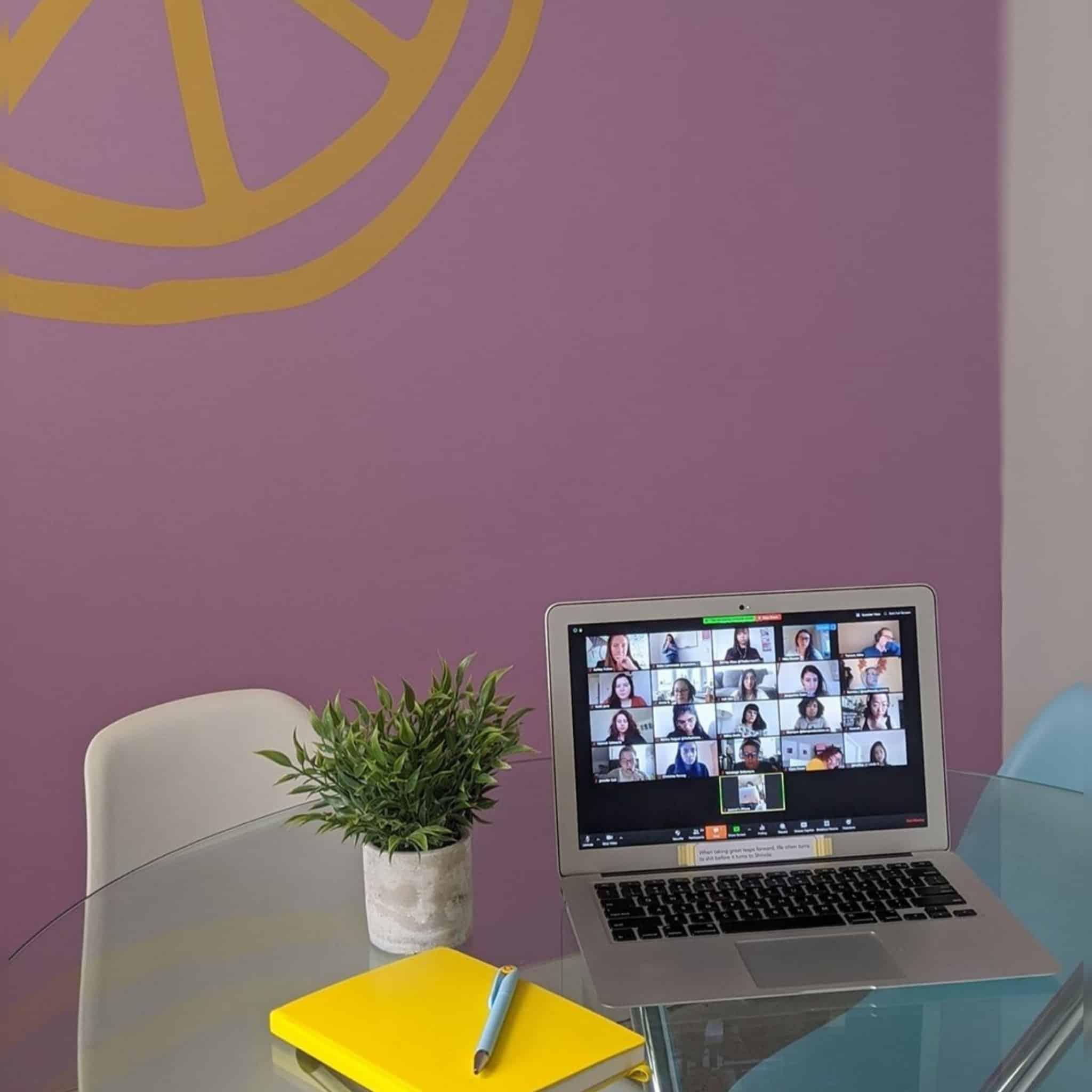Coworking spaces accommodate anyone from independent contractors to small businesses to startups, and it’s this broad appeal that bodes well for the business. With that said, amid restrictions and closures engendered by the global pandemic, the business of coworking was certainly not immune, and shared workspaces were amongst the non-essential businesses forced to close their doors in April. And though many coworking spaces were sanctioned for reopen under Stage 3 orders, the benchmark for health and safety in the workplace has indelibly changed.
To find out about how coworking spaces are adapting in this time of flux, we spoke to the brains behind two of Toronto’s shared workspaces: Rachel Kelly, Founder and “Chief Lemon” of Make Lemonade, a coworking space for women-identified people, and David Himmel, Founder and CEO of Toronto’s newest coworking space, Workmode.
SDTC: How have your operations pivoted since COVID-19?
Rachel Kelly: We had to pivot pretty quickly. The biggest change was creating a Virtual Membership as a way to support the community while working from home became the new normal. We thought it would be a temporary solution until things could “go back to normal,” but it’s grown into an integral part of our business and a beautiful way to safely connect with our community, wherever they have access to WiFi.
David Himmel: We’re very lucky to have launched well into the pandemic, because we didn’t have to retrofit an existing customer experience to meet new health and safety demands, we just launched our space with those demands top of mind. We added some necessary friction to what was otherwise an on-demand, seamless work experience; mandatory temperature checks and sanitization upon entry, masks when not at your workstation, frequent cleaning of high-touch areas, cleaning of workstations after each use, contact tracing through our app, and HEPA filters on our ventilation systems, to name a few. The biggest pivots were immediately reducing density to 50 percent to ensure proper social distancing and leading our consumer-facing messaging with our COVID-safety protocols rather than any fun, compelling brand language.
SDTC: How do you think the format of coworking is poised to change as the business re-emerges?
RK: I think coworking will always have a place in the market, especially now that major offices are closing down permanently and employees are working from home full-time. On the surface, working from home can sound like a dream, but the reality is, everyone’s home set-up is different. A coworking space to commute to provides some separation from home life and the opportunity to see other people in real life is really beneficial for people’s mental health. Once we safely reopened our coworking office, we implemented social distancing measures so people could shift up their WFH situations. Of course, everyone needs to be safe right now, but for some people, having an office to go to is absolutely essential.
DH: I think, once you get beyond the question of safety, it seems like ease, flexibility, and affordability will take on more of a driver seat role in consumer decision making in this realm. If you are able to get a consumer into your space and your customer pool, you’ll have to be able to offer them a pricing model that ebbs and flows with their now-indeterminate workplace needs, and with the ever-changing COVID-related accessibility landscape.
If you’re craving a safe workspace that helps you delineate home life from work life (so your bed doesn’t become your desk), a coworking membership could be the boost you need—for both your career and mental health. But if working from home still feels like the best option, as we move into another season of COVID life, consider a virtual membership to help you stay connected and motivated. Get more info on the Make Lemonade virtual membership here.



 Follow Us On Instagram
Follow Us On Instagram
